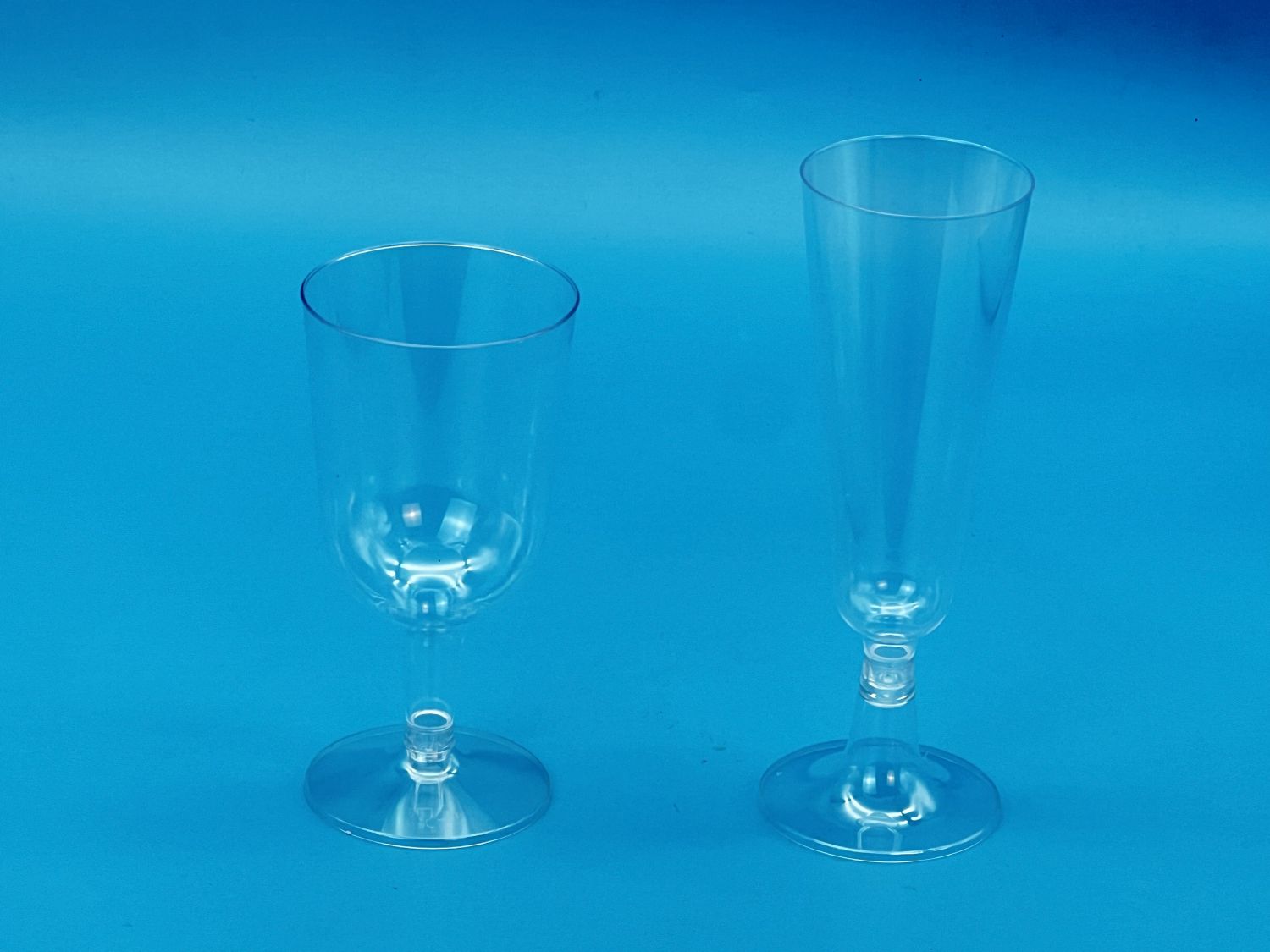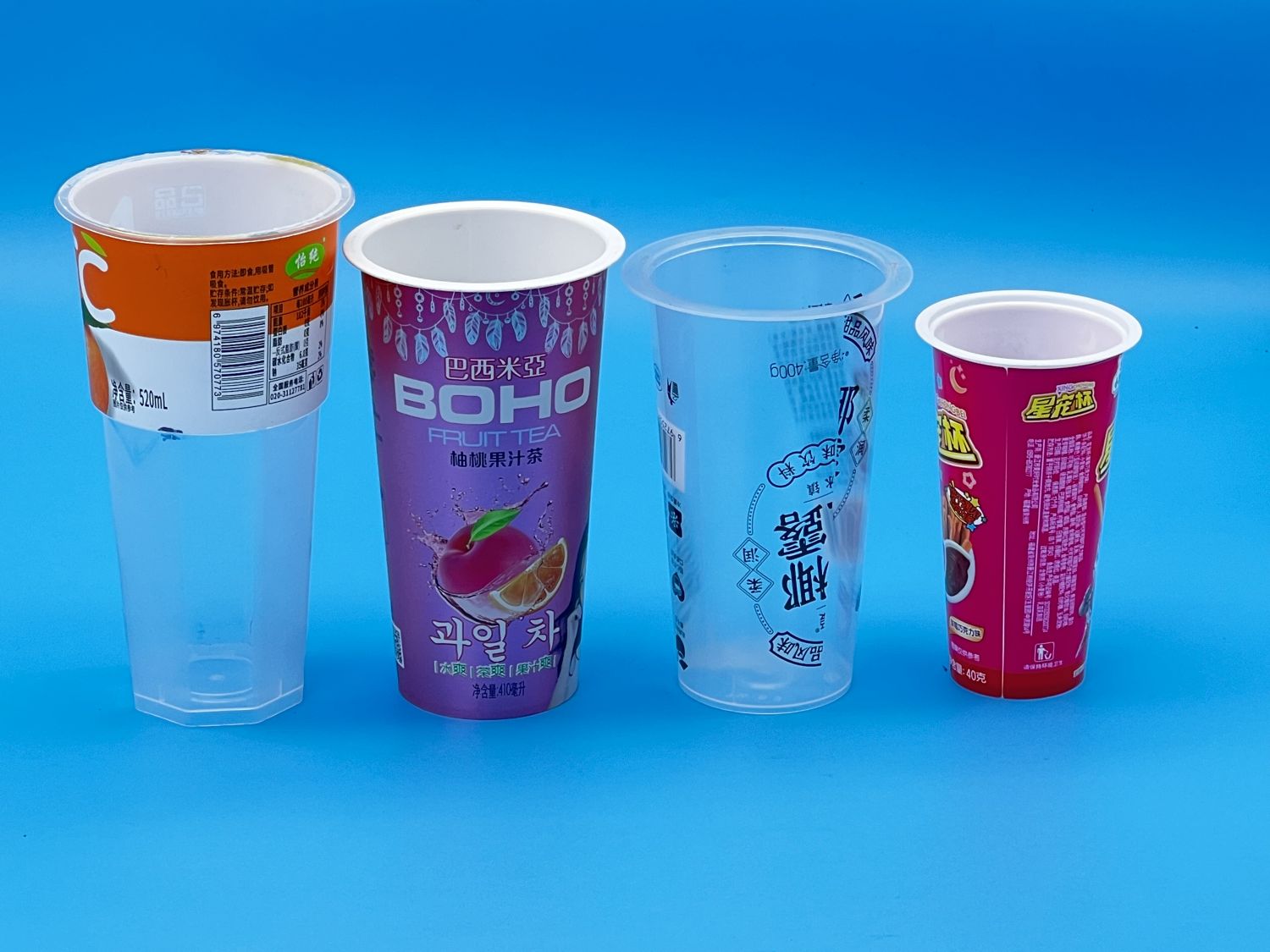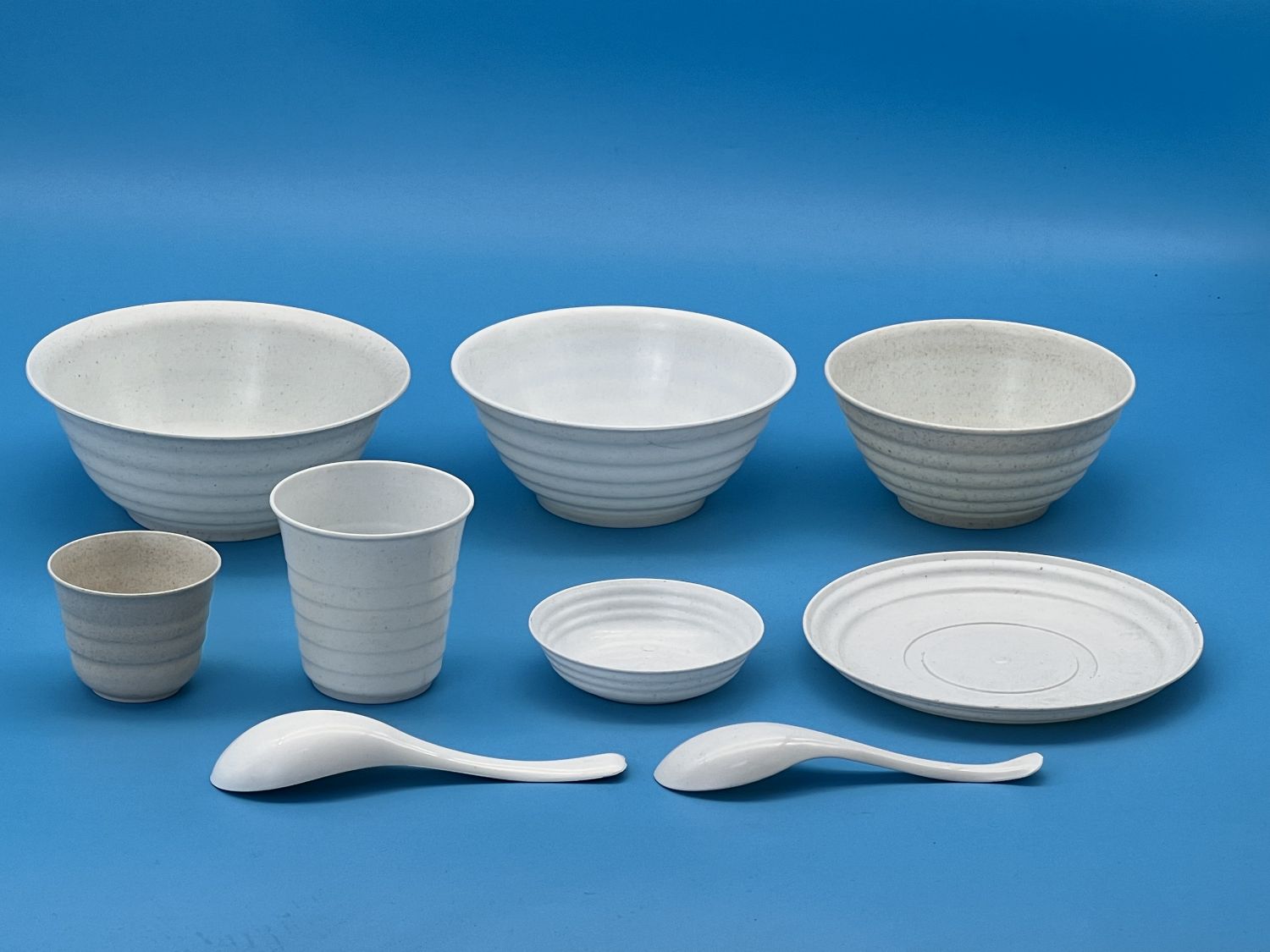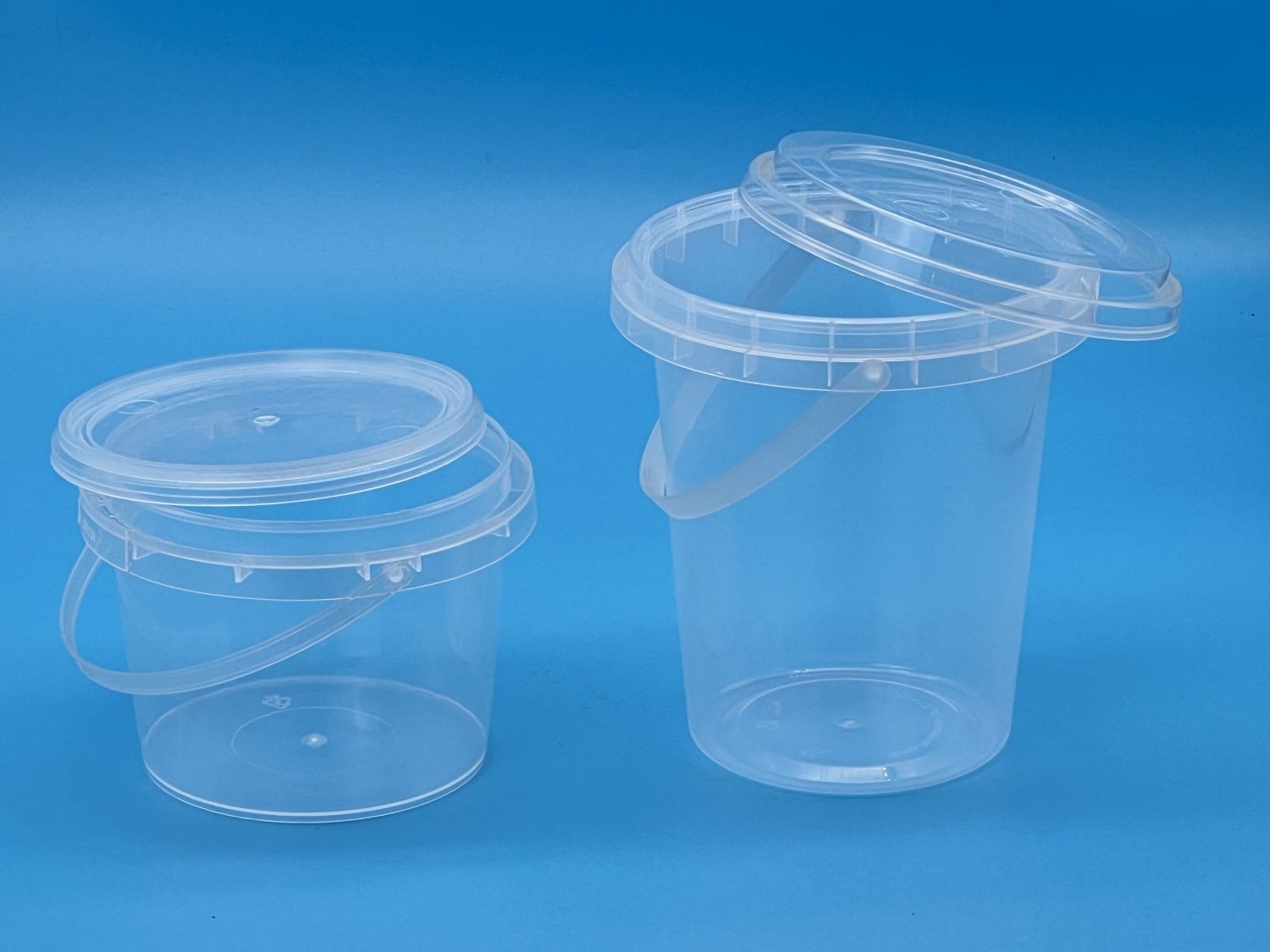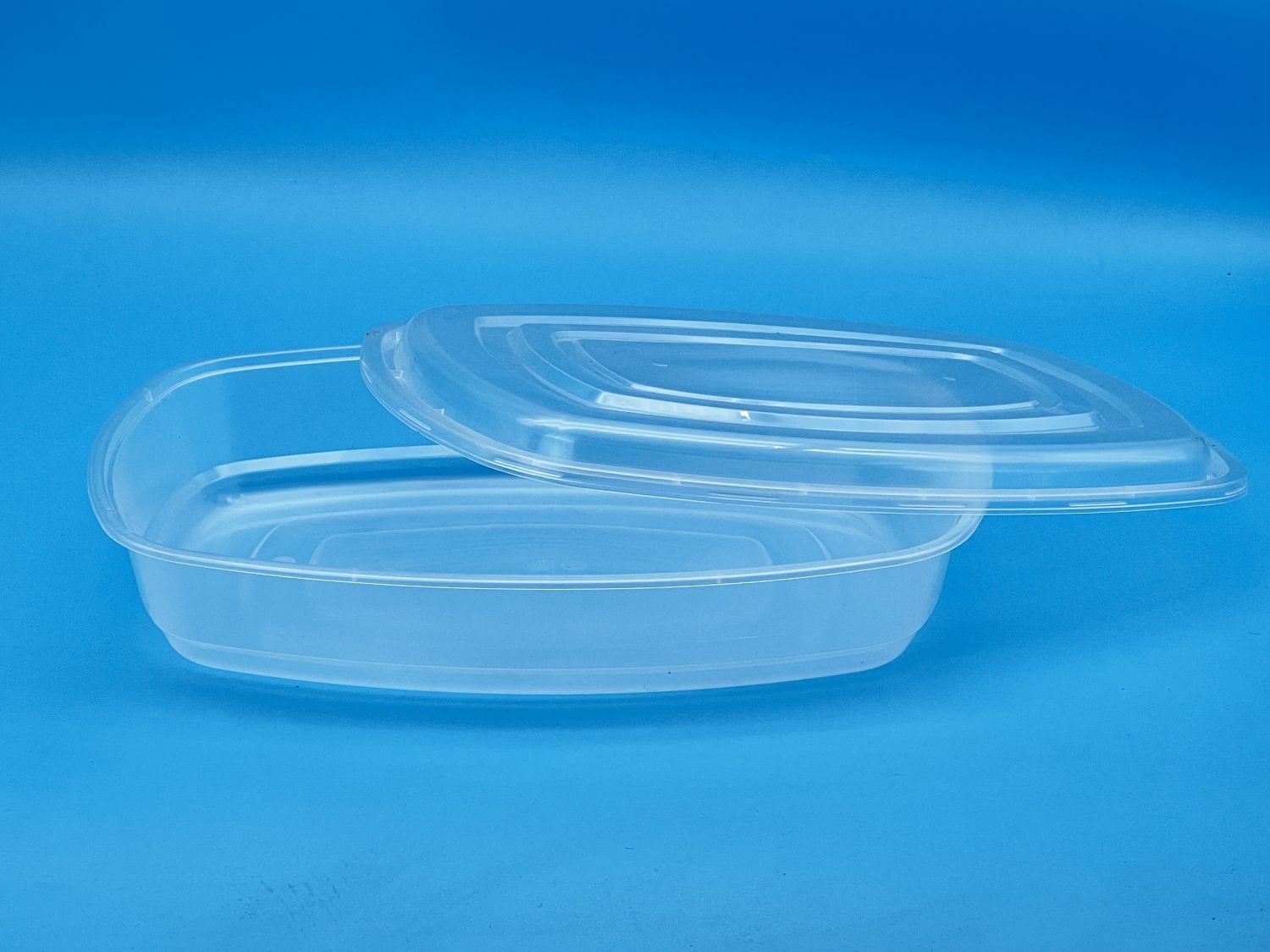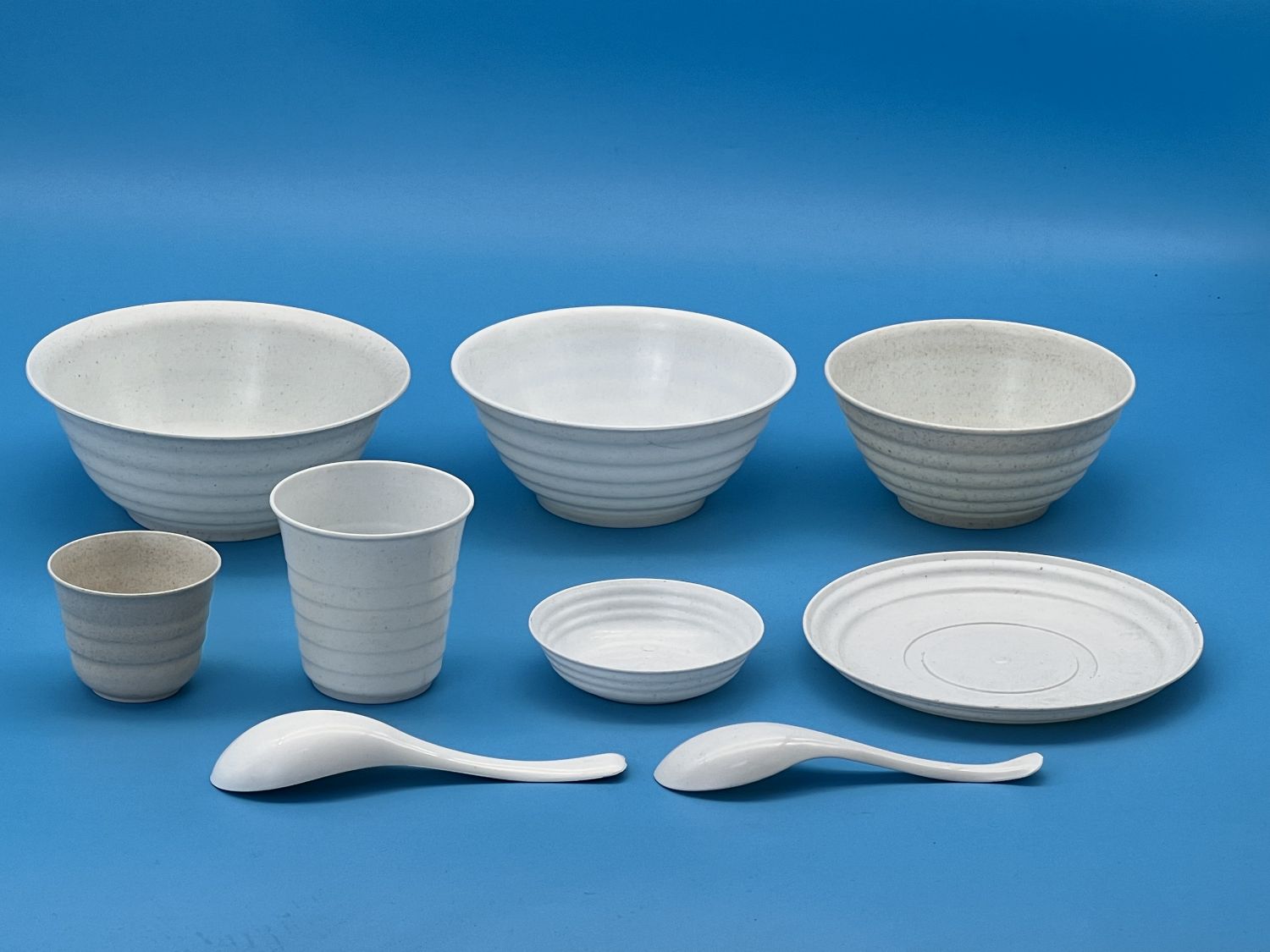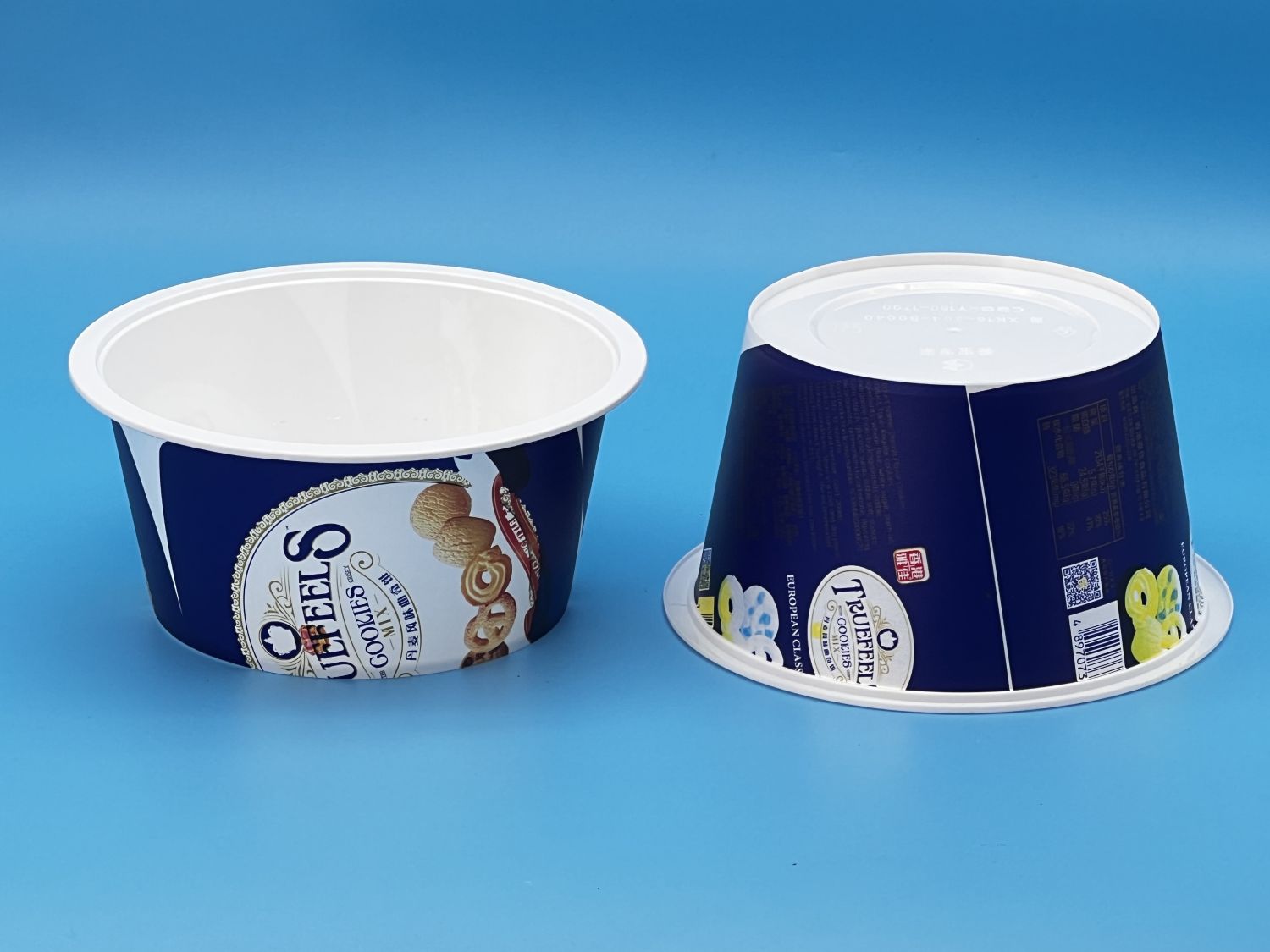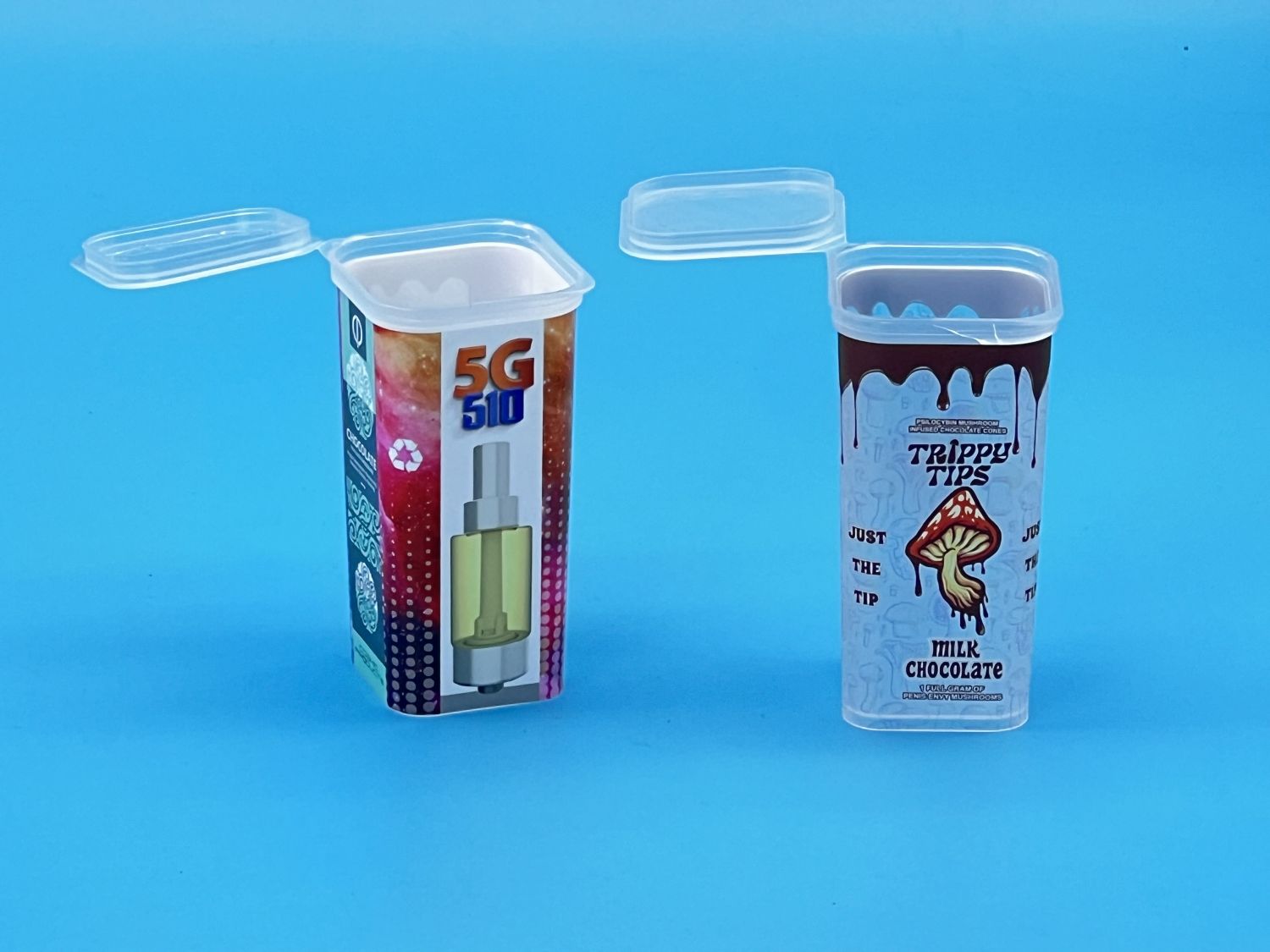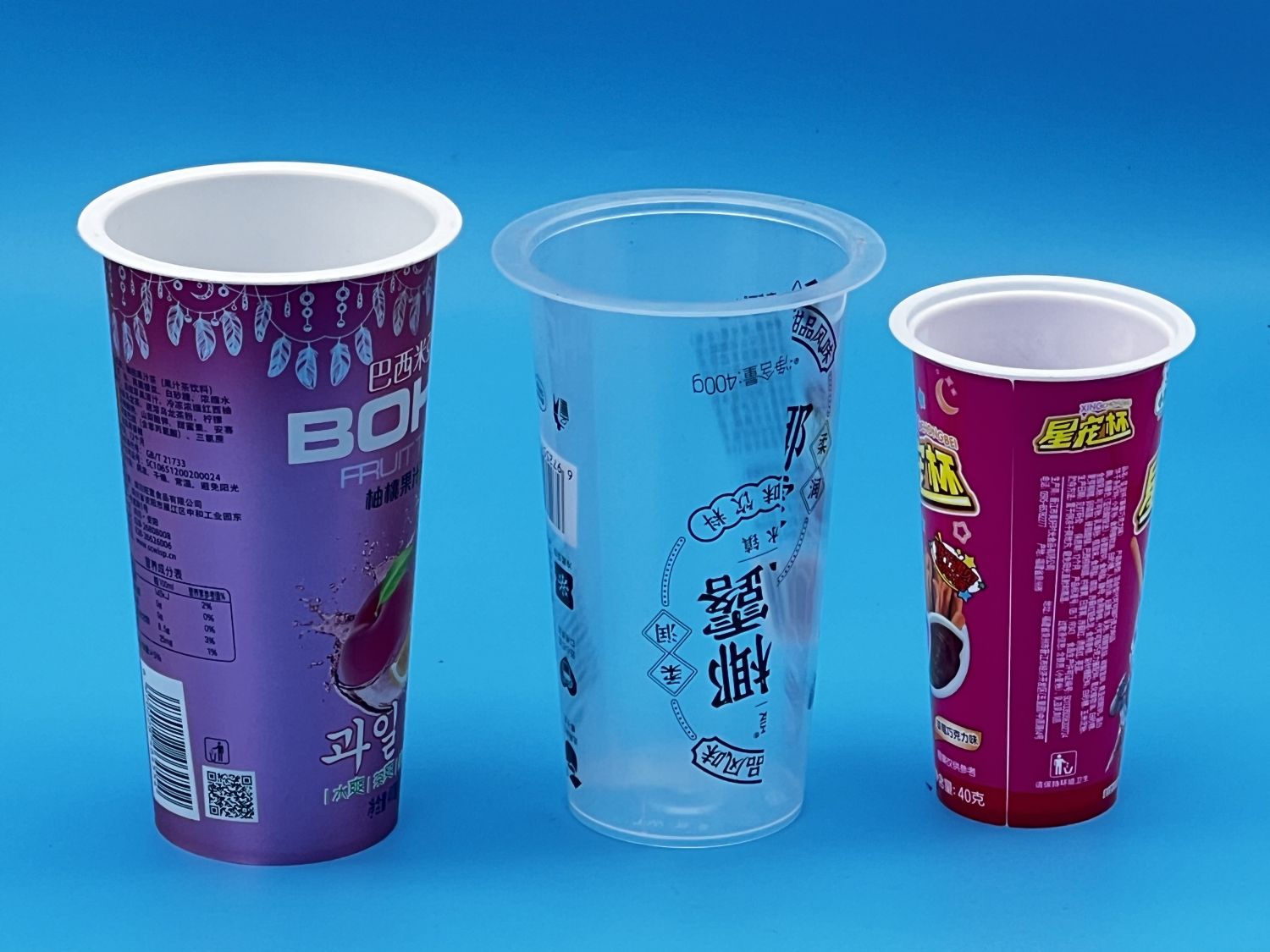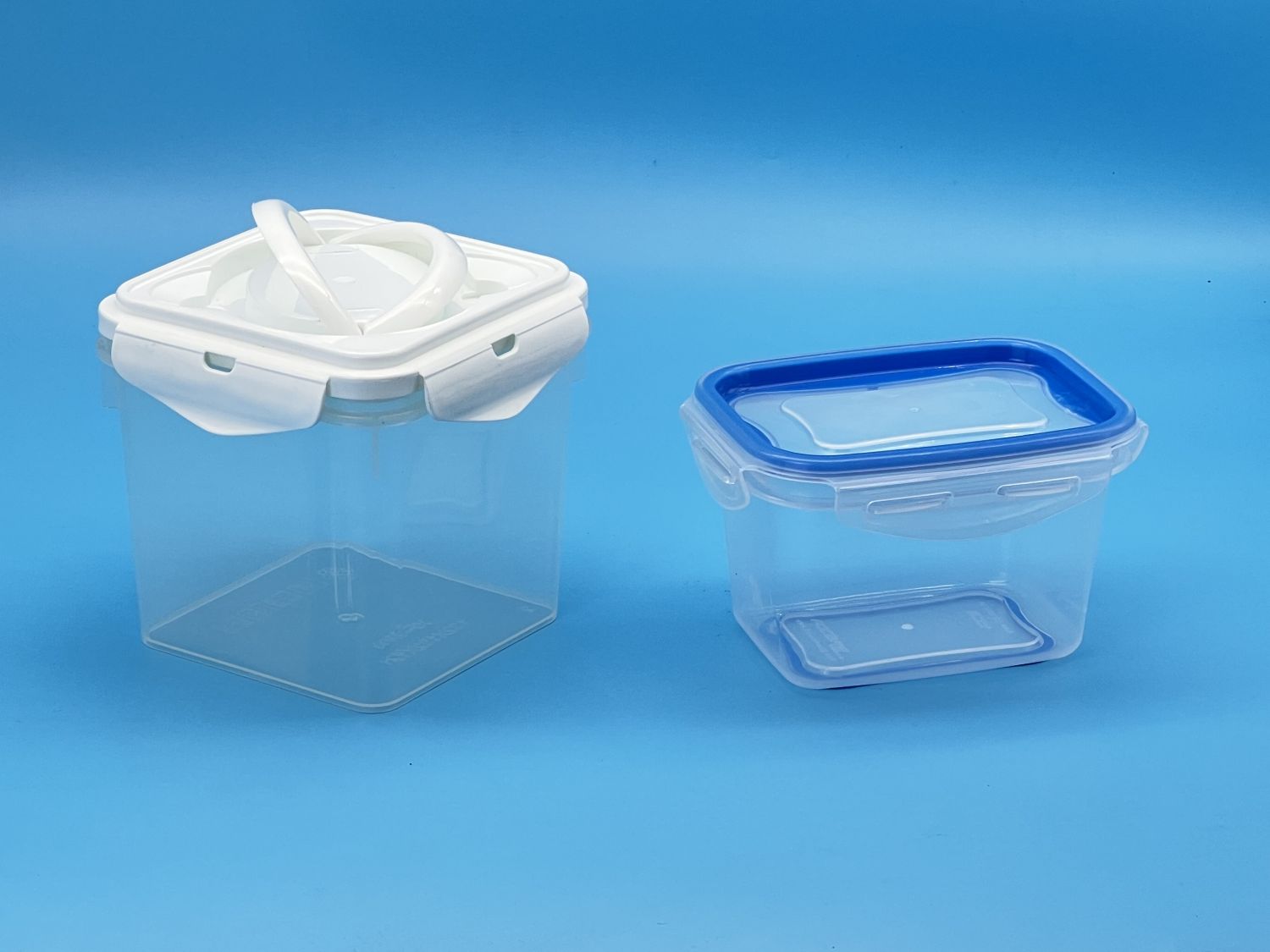
What's the Difference Between PP and PS Plastic Molds? A Buyer's Guide for Packaging Manufacturers
2025-08-15
If you’re in the food packaging business, choosing the right material for your containers is not just a technical decision—it’s a business one. Two of the most common plastics for disposable packaging are polypropylene (PP) and polystyrene (PS). But how do you decide which one is right for your production line?
Let’s break down their differences, pros, cons, and mold considerations.
Quick Overview: PP vs. PS
| Feature | PP (Polypropylene) | PS (Polystyrene) |
|---|---|---|
| Transparency | Translucent | High clarity |
| Impact Strength | High | Low |
| Heat Resistance | Good | Moderate |
| Cost | Slightly higher | Generally lower |
| Applications | Microwavable containers, hot food trays | Cold drink cups, dessert boxes |
Mold Design Differences
PP Plastic Molds
-
Require more attention to shrinkage control
-
Need strong ejection systems due to flexibility
-
Great for thin wall injection molding
PS Plastic Molds
-
Demand mirror-polished cavities for clarity
-
Cooling must be uniform to prevent warping
-
Best for transparent products where appearance matters
At Baolin Mould, we’ve designed both PP and PS molds for U.S. clients in the food and beverage sector, adjusting gate positions, cooling channels, and cavity surface finishes to suit the material’s behavior.
Which One Should You Choose?
If you’re selling cold beverages or transparent dessert packaging, PS is often the winner thanks to its glass-like clarity. If your products need to withstand microwave heating or hot food, PP is the safer choice.
Of course, there’s no one-size-fits-all answer. The right choice depends on end-use, machine capability, and brand positioning. We help clients run material trials before finalizing their mold order.
Pro Tip for U.S. Buyers
Always ask your mold supplier to simulate the injection process before steel cutting. It’s way cheaper to fix a virtual design than a finished mold. Sounds obvious, but you’d be surprised how many skip this step.
Baolin Mould’s Experience
With 20+ years in mold making, Baolin has supplied PP and PS molds to customers in the U.S., Europe, and Southeast Asia. We provide full design reports, trial videos, and packaging tests so you know exactly what you’re getting before production starts.

